Tackling Occlusions and Dynamic Changes for Photorealistic 3D Rendering
- Innovative Approach: WildGaussians integrates robust DINO features with 3D Gaussian Splatting for real-time, photorealistic 3D scene reconstruction.
- Handling Real-World Data: This method excels in uncontrolled environments with occlusions and varying illumination.
- Applications and Future Work: Potential uses in VR, gaming, and robotics, with ongoing research to address current limitations.
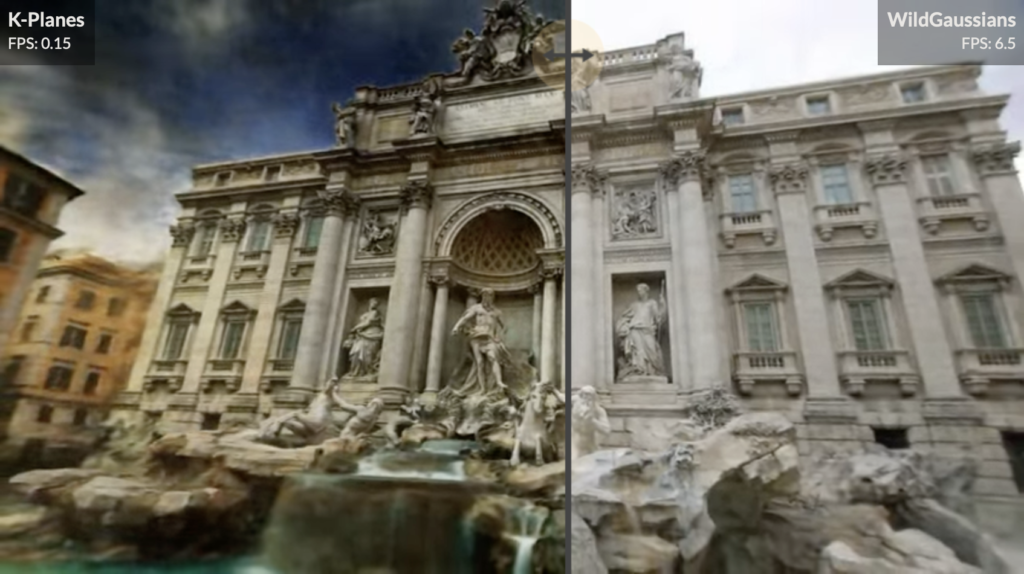
The field of 3D scene reconstruction has seen rapid advancements, with Neural Radiance Fields (NeRFs) leading the way due to their photorealistic quality. However, a new contender, 3D Gaussian Splatting (3DGS), offers similar visual fidelity with the added benefit of real-time rendering speeds. Despite these advancements, both methods have struggled with in-the-wild data, which includes challenges like occlusions, dynamic objects, and varying illumination. Enter WildGaussians, a novel approach designed to address these issues head-on.
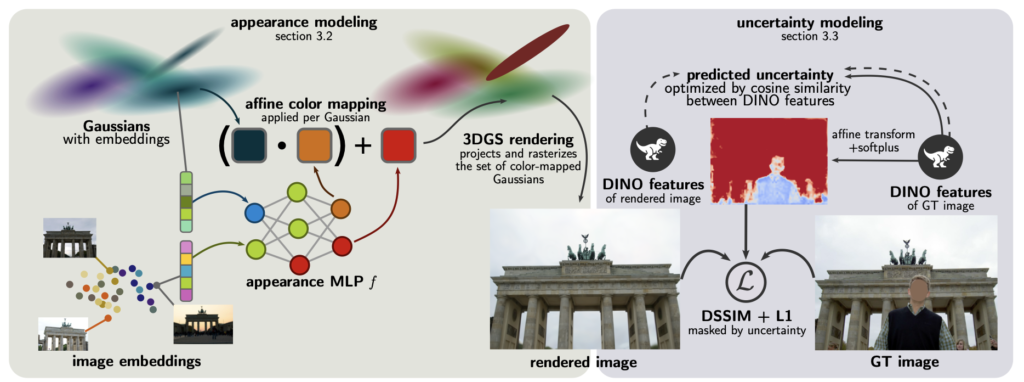
Innovative Approach
WildGaussians extends the capabilities of 3DGS by integrating robust DINO features and an appearance modeling module within the 3DGS framework. This combination allows the model to handle the complexities of in-the-wild data while maintaining the real-time rendering speeds that make 3DGS appealing. The model achieves state-of-the-art results by leveraging these features to produce high-quality, photorealistic 3D reconstructions from uncontrolled image sets.
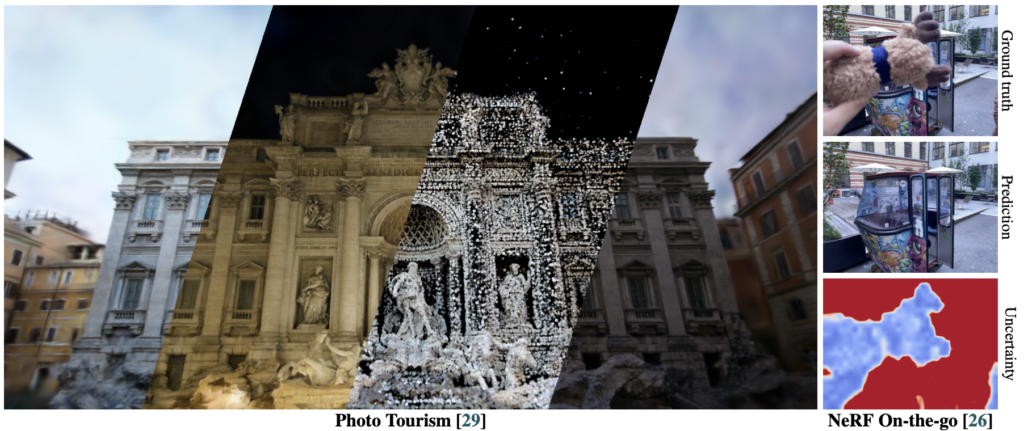
Handling Real-World Data
The primary challenge in using 3D reconstruction methods with in-the-wild data is the variability in conditions under which images are captured. These conditions include different times of day, seasons, and the presence of occluders. While NeRFs can adapt to these changes through per-image embedding vectors, 3DGS traditionally struggles due to its explicit representation and lack of shared parameters. WildGaussians addresses this gap by using a novel appearance and uncertainty modeling technique tailored for 3DGS, enabling it to perform robustly in diverse and uncontrolled environments.

Applications and Future Work
The potential applications for WildGaussians are vast and varied. Its ability to generate consistent, high-quality 3D scene representations from multiple viewpoints makes it ideal for immersive VR experiences, 3D content creation for online platforms, gaming, and 3D environment simulation for robotics. This capability is particularly valuable in scenarios where data is noisy or crowd-sourced, as WildGaussians can effectively reconstruct photorealistic scenes from such inputs.
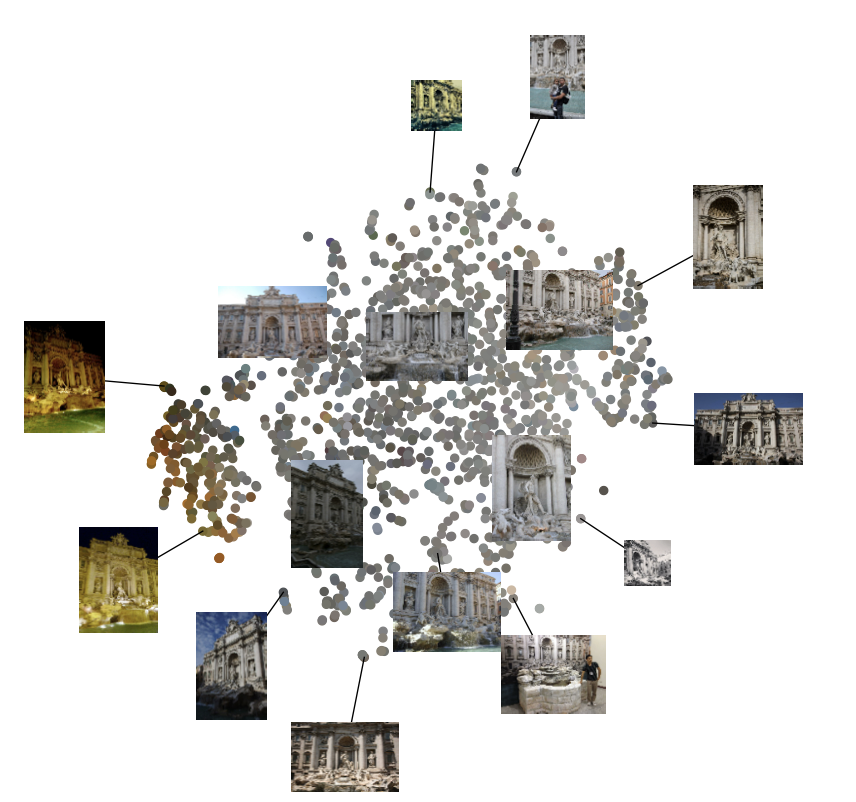
Technical Insights and Future Directions
WildGaussians’ architecture is designed to be simple yet effective, ensuring that it can be used across different domains without requiring extensive modifications. Despite its strengths, the model has some limitations. For instance, it currently cannot capture highlights on objects, and while its uncertainty modeling is more robust than traditional methods, it still struggles with highly challenging scenarios. Future research will focus on incorporating additional priors, such as pre-trained diffusion models, to enhance its capabilities further.
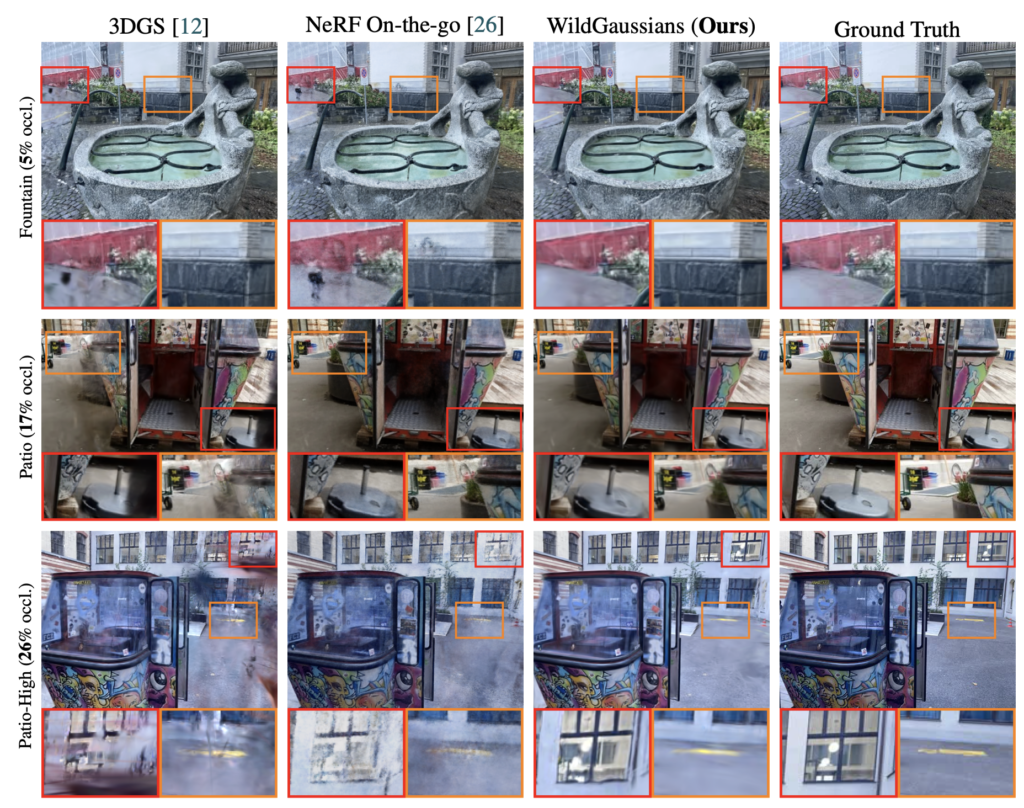
Ideas for Further Exploration
- Enhanced Appearance Modeling: Researching methods to improve the capture of object highlights and other fine details in the reconstructed scenes.
- Integration with Diffusion Models: Exploring how pre-trained diffusion models can be incorporated to address the limitations in uncertainty modeling.
- Real-Time VR Applications: Developing real-time applications for VR that leverage WildGaussians’ capabilities to create immersive and interactive environments.
- Crowd-Sourced Data Utilization: Investigating the use of WildGaussians in processing and reconstructing scenes from large-scale, crowd-sourced image datasets.

WildGaussians represents a significant advancement in the field of 3D scene reconstruction, particularly for real-world applications. By addressing the challenges of occlusions, dynamic objects, and varying illumination, it paves the way for more robust and versatile photorealistic 3D reconstructions. As research continues to refine and enhance its capabilities, WildGaussians is poised to play a crucial role in the future of digital content creation and immersive technologies.
